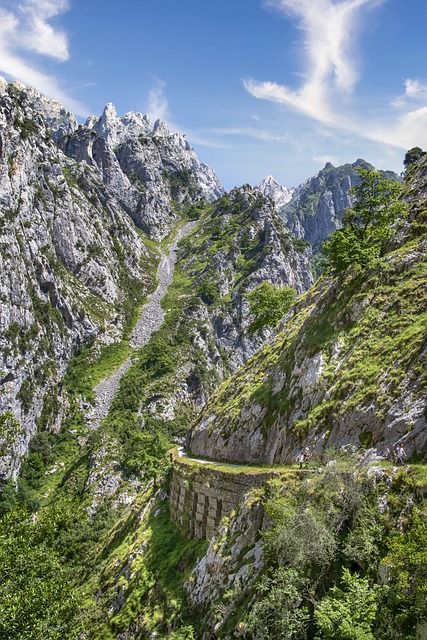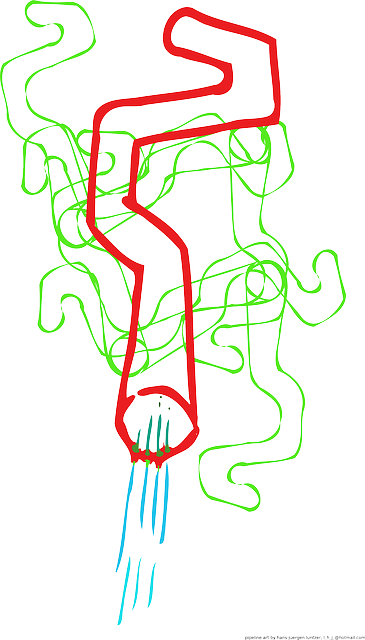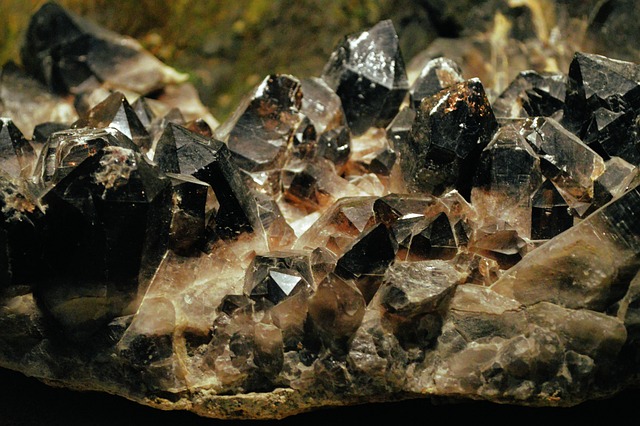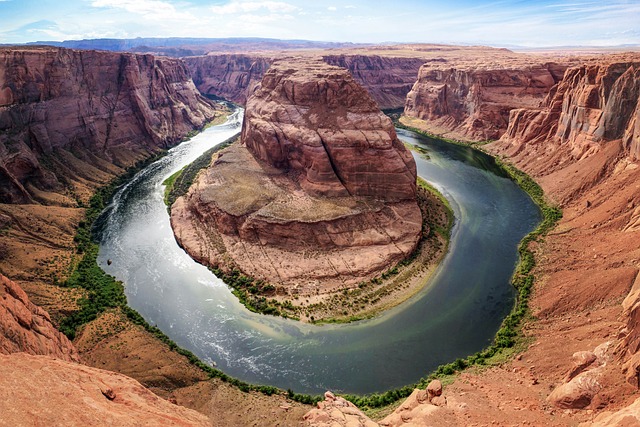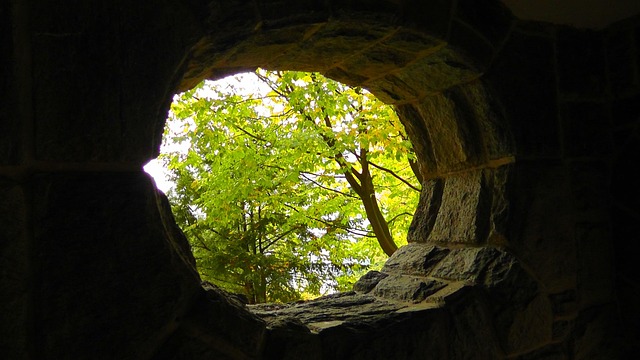Sea Lion Caves presents a unique blend of breathtaking geology and marine life. Shaped by millennia of waves, winds, and climate change, these caves offer insight into Earth's history through diverse rock layers. Observation decks showcase sea lions, seabirds, seals, and otters amidst dramatic coastal formations, highlighting the area's ecological significance and geological wonders.
Discover the awe-inspiring world of Sea Lion Caves, a geological marvel offering visitors an unparalleled perspective. This natural wonder, carved by the relentless power of the ocean, boasts observation decks that provide a bird’s-eye view of its intricate coastal rock formations. Delve into the cave system’s geological history, explore its rich marine life habitats, and learn about conservation efforts preserving this unique ecosystem.
- Unveiling Sea Lion Caves' Geological Wonders
- The Formation of Coastal Rock Structures
- Marine Life and Its Habitat: A Natural Sanctuary
- Visitor Experience: A Bird's-Eye View
- Ecological Significance and Conservation Efforts
- Exploring the Cave System's Historical Journey
Unveiling Sea Lion Caves' Geological Wonders
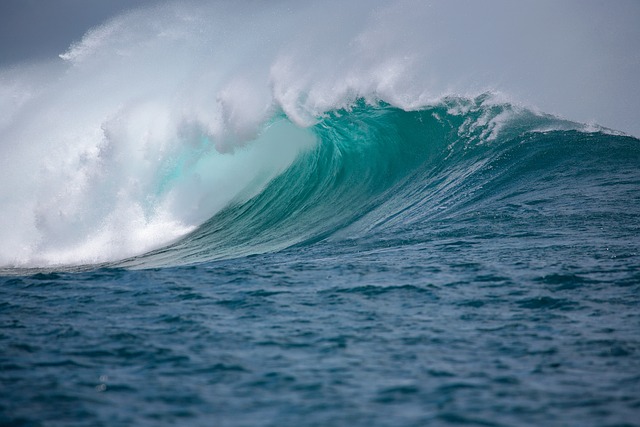
Sea Lion Caves offers more than just a chance to spot majestic sea lions; it’s a gateway into exploring the remarkable geological wonders beneath the surface. The caves, carved over millennia by waves and winds, showcase a complex network of tunnels, chambers, and formations that are truly awe-inspiring. Geologists and nature enthusiasts alike can marvel at the diverse rock strata, revealing millions of years of Earth’s history.
These geological features provide a unique perspective on the region’s past, with evidence of ancient seas, volcanic activity, and changing climates. The observation decks allow visitors to stand in awe before these natural wonders, offering educational insights into the intricate processes that have shaped Sea Lion Caves over time.
The Formation of Coastal Rock Structures

The dramatic coastal rock structures that make up Sea Lion Caves are a result of millions of years of geological processes. Over time, the relentless pounding of waves and tides has carved and shaped the rugged cliffs we see today. This unique landscape is a testament to the Earth’s ever-changing surface.
The formation of these formations began with ancient sedimentary rocks laid down by rivers and seas over eons. Through tectonic shifts and erosion, these layers were pushed, folded, and weathered, gradually exposing harder rock formations at the surface while softer ones eroded away. The powerful ocean then took over, holing and fracturing the remaining cliffs, creating crevices and caves that now house the famous sea lion colonies.
Marine Life and Its Habitat: A Natural Sanctuary
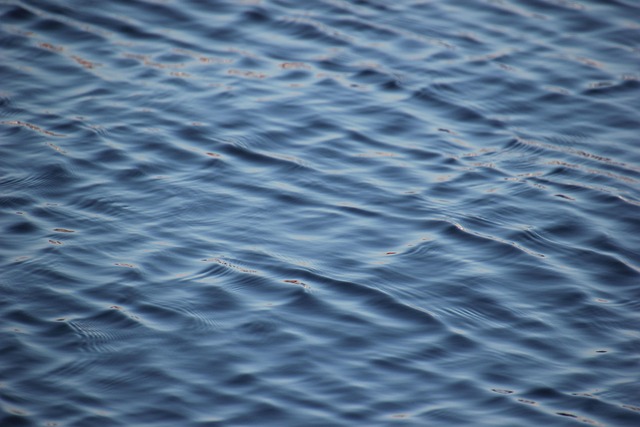
Deep within the dramatic Sea Lion Caves, a hidden natural sanctuary awaits, teeming with marine life and showcasing the incredible geology of this unique coastline. The caves provide a safe haven for a diverse array of sea creatures, offering them protection from predators and harsh weather conditions. Here, visitors can witness the majestic dance of sea lions as they bask in the sun on rocky ledges, surrounded by the echoing calls of various seabirds.
The intricate network of caverns and tunnels, carved over millennia by waves and wind, presents a captivating landscape. The geological formations, with their towering cliffs and hidden alcoves, serve as a testament to the relentless power of nature. This raw beauty provides a stark contrast to the calm waters below, where seals and otters playfully interact, creating a vibrant underwater spectacle that captivates both locals and visitors alike.
Visitor Experience: A Bird's-Eye View

Step into a world where rugged cliffs meet the crashing waves at Sea Lion Caves, and visitors are treated to an unparalleled observation deck experience. The cave’s strategic location offers a bird’s-eye view of the stunning Sea Lion Caves geology, providing a unique perspective on nature’s artistic intricacies. From this elevated vantage point, folks can witness the majestic sea lions resting on ledges, their silhouettes dancing against the dramatic backdrop of the coastline.
The observation deck is meticulously designed to enhance the visitor experience, allowing them to immerse themselves in the raw beauty of the sea cave system without disturbing its delicate ecosystem. This innovative setup enables everyone to navigate and appreciate the intricate network of chambers, tunnels, and formations while staying safely above ground.
Ecological Significance and Conservation Efforts

The Sea Lion Caves, with their unique geological formations, serve as more than just a tourist attraction; they are a vital habitat and ecological hotspot. These caves provide a sanctuary for a diverse range of marine life, particularly California sea lions, giving them a safe space to rest, breed, and raise their young. The secluded nature of these sea caves ensures minimal human interference, allowing wildlife to thrive.
Conservation efforts have been instrumental in preserving this delicate ecosystem. Organizations and local communities work together to monitor the cave’s health, protect against potential hazards like coastal erosion, and ensure sustainable tourism practices. By limiting visitor access and implementing strict guidelines, they aim to maintain the natural balance, ensuring that the Sea Lion Caves remain a thriving haven for both wildlife and future generations of visitors who appreciate its geological significance.
Exploring the Cave System's Historical Journey
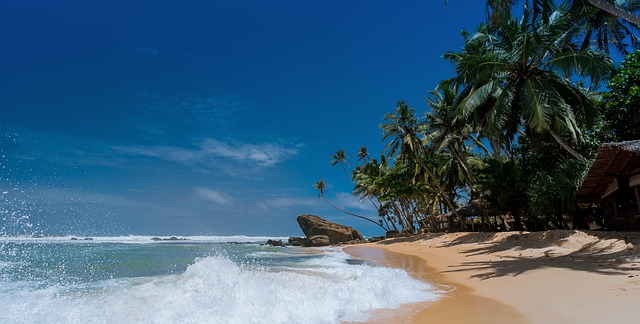
The history of Sea Lion Caves is a fascinating journey through time, shaped by geological forces that have carved out an intricate cave system. Millions of years ago, these caves were part of a vast network of underground passages formed by the relentless movement of water and ice. Over centuries, these natural wonders have revealed their secrets to those intrepid enough to explore, offering a glimpse into the Earth’s ancient past.
The unique geology of Sea Lion Caves is a testament to the dynamic nature of our planet. The caves’ formation began with the erosion of sedimentary rocks by groundwater, which gradually created openings and tunnels. As ice ages came and went, glacial activity further sculpted the landscape, adding depth and complexity to the cave system. Today, visitors can witness the result of this eon-long process, standing in awe at the vast chambers and intricate formations that have remained hidden beneath the Earth’s surface for so long.
